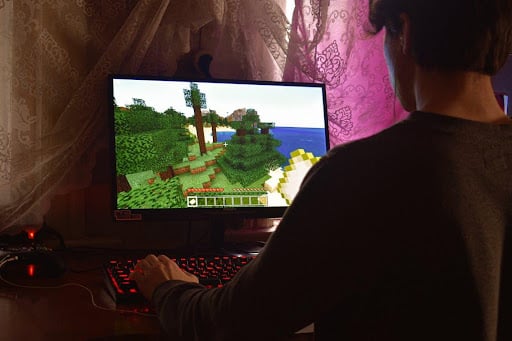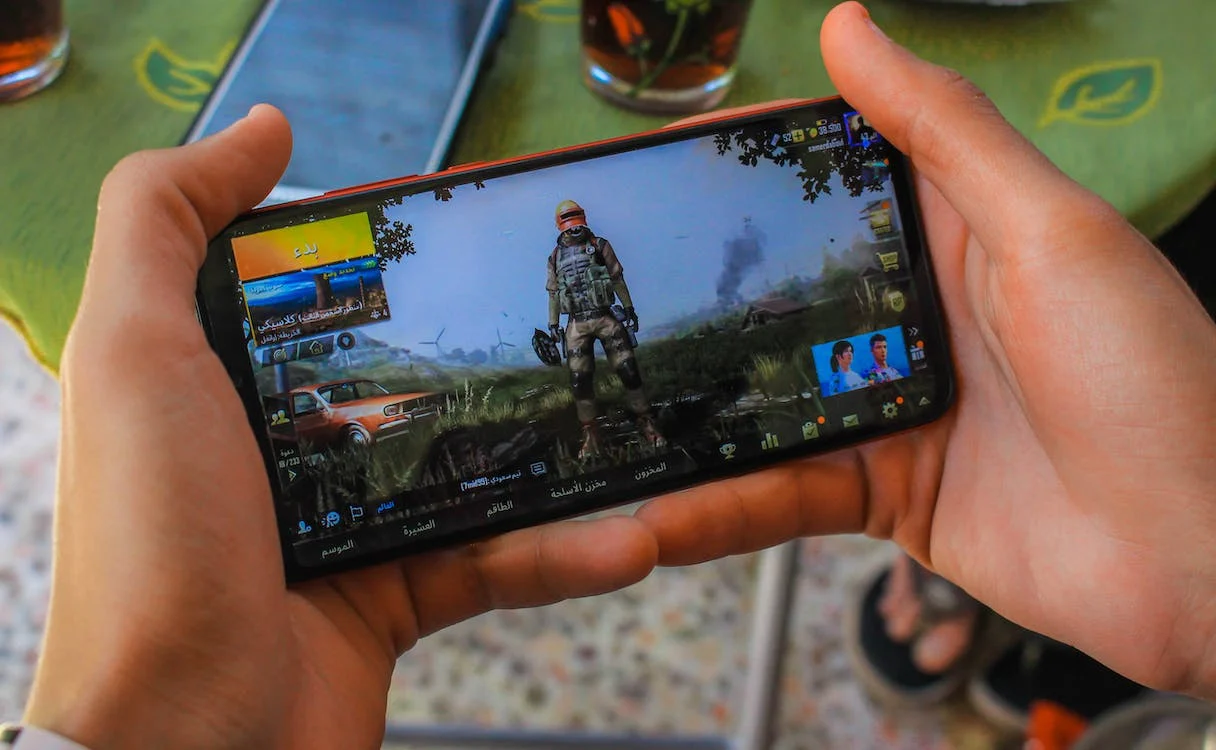By Robert Downer, Associate Director, Bryter
In today’s saturated gaming market, understanding your audience isn’t just a nice-to-have, it’s the difference between a fleeting novelty and a global phenomenon.
Every year, developers pour millions into creating titles that aspire to captivate global players, but only a few rise above the noise. What separates chart-toppers from flops often comes down to one thing: how deeply the studio understands its players.
At Bryter, we’ve spent years interrogating the habits, motivations and frustrations of global video game players. Our work with the world’s most ambitious gaming studios has taught us that success doesn’t stem from demographic averages or surface-level metrics — it comes from grasping the psychological depth of those holding the controller, and as one of the resident qualitative experts here at Bryter that's what I'd like to talk about here.

Going Beyond Demographics
Sure, it’s useful to know your players are mostly in their twenties, or that they spend roughly six hours a week on a console. But that’s table stakes. Data like that tells you who they are, not why they play, what keeps them hooked, or what might cause them to ghost your game for a shinier one.
What really matters is the emotional DNA of your players. Are they chasing a dopamine hit from competitive wins? Are they here to unwind after work, dive into immersive narratives, or connect with mates online in a shared virtual space? These are questions no survey checkbox can fully answer. They require deeper, layered insight.
Understanding Motivation, Not Just Behaviour
Over the years, we’ve learned that players rarely behave in rational, predictable ways, at least not from a purely mechanical standpoint. One player might grind for hours to unlock a rare cosmetic, while another abandons a game entirely because of one poorly designed tutorial. Why? Because behind every in-game action lies a mix of emotional drivers: frustration, pride, curiosity, social pressure, FOMO.
This is where psychology meets game design. Some global game players thrive on mastery and relish overcoming punishing difficulty curves. Others are story-driven, staying loyal to a franchise because it delivers the same emotional payoff as a gripping Netflix boxset. And let’s not forget the collectors; those who will replay levels endlessly to tick off every achievement, purely for the satisfaction of completion. Each of these motivations demands a different design approach, a different monetisation strategy, and a different player experience.

The Lifestyle Lens
Gamers aren’t just gamers. They’re students, parents, commuters, shift workers. Their lifestyle and emotional context play a huge role in how, when and why they play. A stressed-out junior doctor might only pick up their Switch at 11pm for 30 minutes of solo relaxation. A uni student might jump online for six hours every evening, not just for entertainment but for social connection.
Understanding this context means understanding how games fit into people’s lives. It’s the difference between building something they occasionally dip into and creating a game that becomes part of their identity.
From Psychographics to Player Personas
At Bryter, we start with the basics; age, gender, device ownership, but we never stop there. Our real focus is on psychographics: values, aspirations, personality traits and lifestyle preferences that paint a much richer picture of each player. This is how we uncover the real segments within an audience.
We then layer behavioural insights on top: what kinds of games they gravitate towards, how often they play, which platforms dominate their screen time, which communities they engage with, what pushes them towards a purchase or nudges them away from one. Is it that late-night influencer stream on Twitch? A glowing Reddit review? A friend sharing it through the iphone podcasts app?
We synthesise these insights into detailed player models; living, evolving archetypes that reflect real-world gamer segments. These become foundational to every strategic decision: which features to prioritise, what markets to expand into, where to place media spend, how to position a new release.
Global Reach, Local Nuance
Being a global player in the games industry doesn’t mean copy-pasting what worked in one market into another. Cultural nuance matters. A storyline that resonates in North America might fall flat in South Korea. A monetisation model that drives purchases in Germany might be seen as exploitative in Brazil.
Our work with international studios has shown that regional sensitivity is not just PR fluff, it directly impacts revenue, retention, and reputation. The most successful titles treat localisation as more than just translation. They adapt narrative beats, reward structures and even UI layouts to better match regional player preferences.
This is how you earn global players, not just global downloads.
Clouds and Connected Lives
Today’s gamers don’t live in a vacuum. They exist across ecosystems. That means the gaming experience is shaped not just by what happens inside the game, but by the broader environment it exists in. From app store reviews to iCloud save syncing, from podcast mentions to social media buzz, the player journey is fragmented and interconnected.
Consider how many players first hear about a game not from a trailer, but from a mate’s recommendation during a run or on their commute, via podcasts. These details, while peripheral to core gameplay, shape perceptions of quality and convenience. They’re part of the emotional contract a game signs with its audience.

Making Every Department Smarter
Audience insight isn’t just for the marketing team. When done well, it empowers every corner of a business, from UX designers to monetisation teams, from localisation leads to customer support. A well-drawn player model becomes a shared point of truth. Everyone is designing for the same person. That’s where you start to see alignment, focus, and ultimately, better games.
It also speeds things up. Rather than debating in the abstract, teams can refer back to concrete player segments and ask, “What would Segment B respond to? What frustrates Segment A? Where’s the opportunity for Segment C?”
The result is a sharper, more player-centric product pipeline and fewer expensive missteps.
The Bottom Line
In a global market dominated by big-budget studios and ever-rising player expectations, the margin for error is shrinking. The difference between being a global player and being yesterday’s news comes down to insight, not just about what players are doing, but about who they are and why they play.
At Bryter, we believe that truly understanding your audience isn’t a phase in development. It’s a continuous, evolving discipline. One that should be embedded in every decision, every sprint, and every post-launch update.
The games that win are the ones that listen, not just to the clicks, but to the emotions, behaviours and conversations behind them. And if you can crack that code, your game doesn’t just play well. It lives well, in playlists, in iphone podcasts app subscriptions, in Discord chats, in the emotional memory of millions of global players.
That’s not just market research. That’s good business because when you truly understand your audience, you don’t just build a game. You build a world they want to return to.
Want to know more (a lot more) about gaming audience understanding - check out this article.
Get in touch
Ready to move beyond guesswork? Get in touch with one of the insights team if you want to learn more about different approaches to Gaming market research and to understand which methodology may be most appropriate for your insight needs.
iPhone to MacBook, thanks to Apple iCloud





